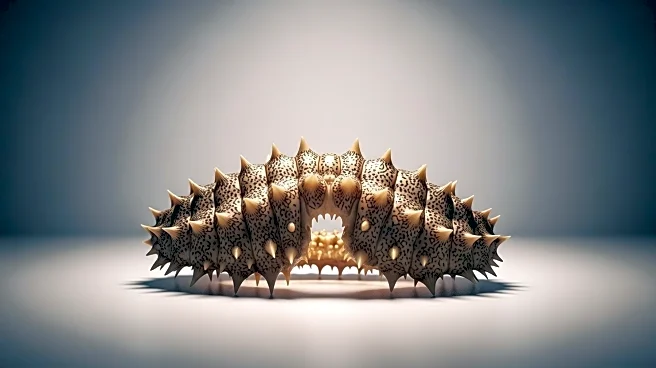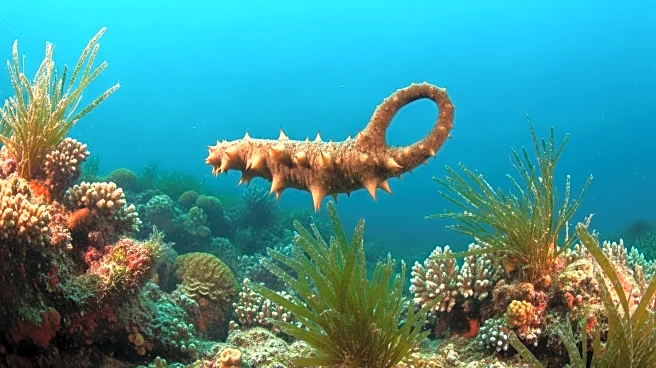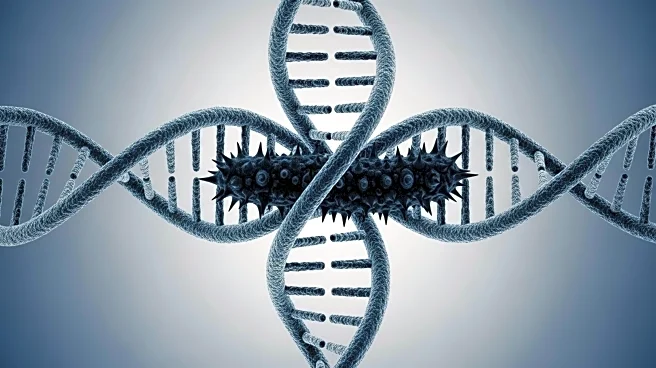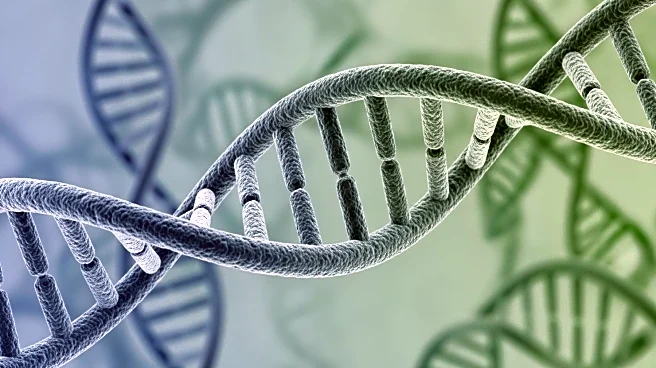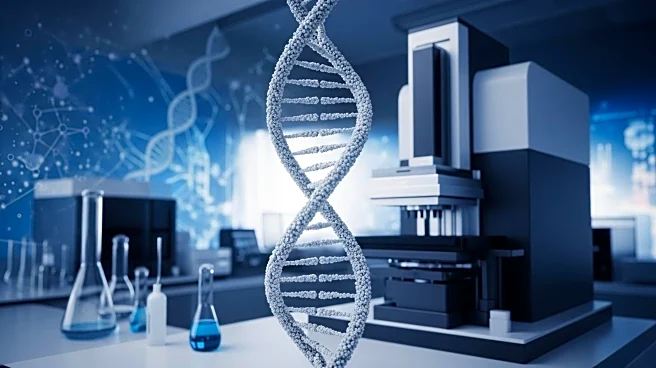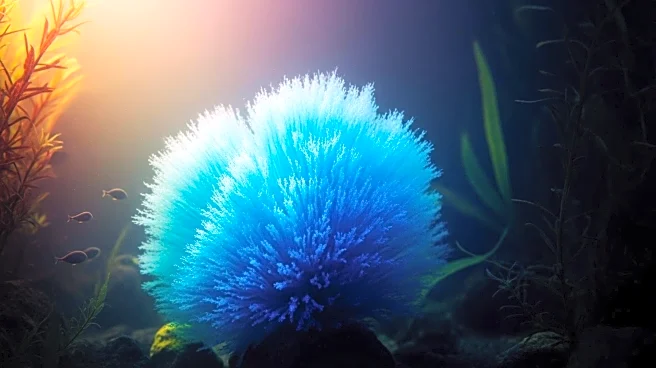What's Happening?
Researchers have successfully completed a chromosome-level genome assembly of the sea cucumber species Colochirus anceps. The study involved collecting various tissue samples from a healthy adult sea cucumber,
followed by extensive sequencing using next-generation sequencing (NGS), PacBio, and Hi-C technologies. The genome assembly revealed a size approximately 2-3 times larger than those of related species, indicating distinct evolutionary trajectories. The genome heterozygosity rate was found to be 1.06%, with repetitive sequences comprising 69.39% of the genome. The assembly process included quality assessments and integration of Hi-C sequencing data, resulting in a high level of completeness with 94.3% of BUSCO genes being complete.
Why It's Important?
The completion of the genome assembly for Colochirus anceps provides significant insights into the evolutionary biology of sea cucumbers, which are important for marine ecosystems and have commercial value in various industries. Understanding the genetic makeup and evolutionary traits of this species can aid in conservation efforts and sustainable harvesting practices. Additionally, the findings may contribute to advancements in biotechnology, particularly in the development of new products derived from sea cucumbers. The study highlights the importance of genomic research in uncovering the complexities of marine life and its potential applications.
What's Next?
Future research may focus on exploring the functional aspects of the identified genes and their roles in the biology and ecology of sea cucumbers. There is potential for further studies to investigate the implications of the large genome size and high proportion of repetitive sequences. Researchers may also look into the application of these findings in aquaculture and the pharmaceutical industry, where sea cucumbers are valued for their medicinal properties. Continued genomic studies could lead to improved methods for breeding and conservation of sea cucumber species.
Beyond the Headlines
The study of the sea cucumber genome may have broader implications for understanding the genetic diversity and evolutionary mechanisms in marine organisms. It raises questions about the role of transposable elements in shaping genome architecture and the evolutionary pressures that lead to such large genome sizes. The research also underscores the importance of integrating various sequencing technologies to achieve comprehensive genome assemblies, which can be applied to other complex organisms.
